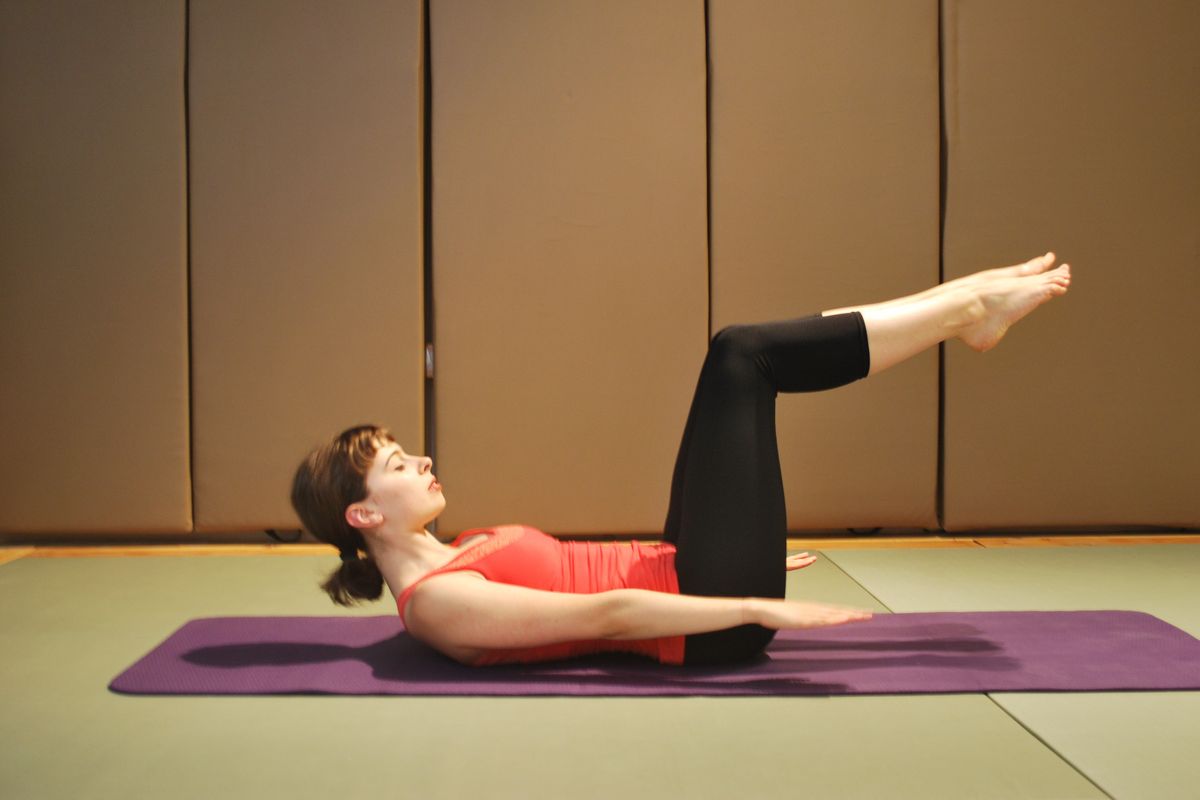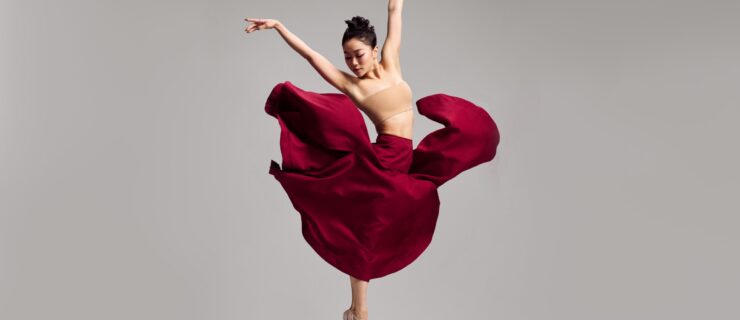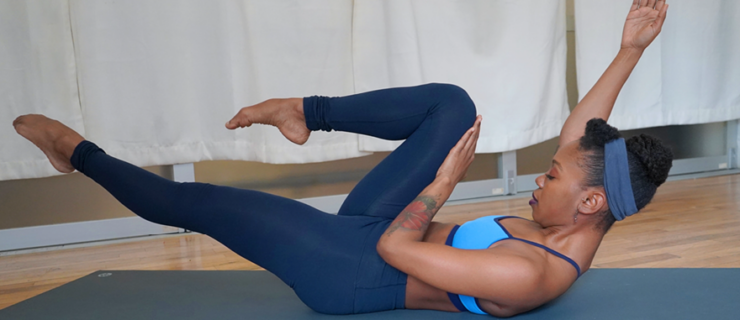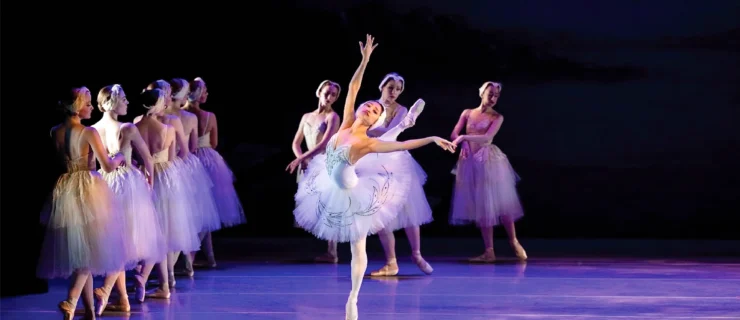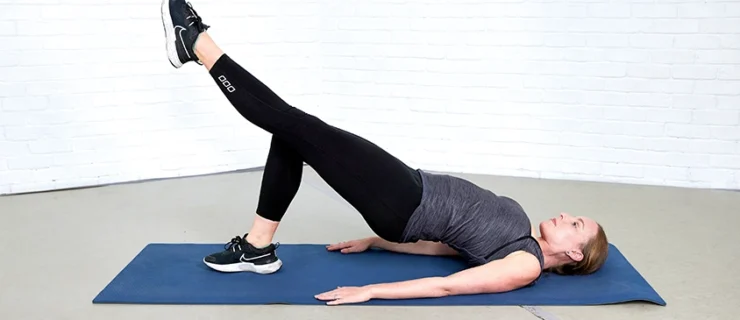The Pilates Hundred: Perfect This Common Warm-Up and Conditioning Exercise
The Pilates hundred is a popular exercise used by many dancers for conditioning and warming up, but it’s also one of the most misunderstood. Pumping your arms for 100 counts sounds simple enough, but it requires coordinated breathwork, a leg position that suits your abilities and proper alignment. Marimba Gold-Watts, who works with New York City Ballet dancers at her Pilates studio, Articulating Body, breaks down this surprisingly hard exercise. When done correctly, the benefits are threefold: “If you’re doing it before class,” she says, “the hundred is a great way to get your blood flowing and work on breath control and abdominal support all at once.”
To Start
Lie on your back with knees bent and feet on the floor. Nod your chin toward the front of your throat, and reach your fingertips long.
The upper body:
Nod and curl your head and shoulders off the mat so just the bottom tips of your shoulder blades are touching the floor. Arms lift a few inches up to stay in line with your shoulders
The core:
Feel your bottom ribs drop down toward the mat. Scoop the lower abdominals in toward your spine. The abs shouldn’t move throughout the exercise.
The motion:
Initiate the arm movement from the shoulder joints and pump with straight arms for 100 counts. Gold-Watts says it’s small, like you’re splashing water.
Choose Your Leg Position
Beginner:
Knees Bent, Feet on Mat. If you’re new to the hundred, start here. Master it in this position before moving to the other progressions.
Intermediate:
Tabletop. Legs lifted with a 90-degree angle at the knees. The feet are extended with relaxed toes. Do not grip your toes or do a full point like you would in ballet. If you’re in the middle of a growth spurt and your legs are very long, Gold-Watts recommends working in tabletop. Extending the legs could place too much pressure on your spine.
Advanced:
Legs Extended at 45 Degrees or Lower. This is the full version of the hundred. The torso and legs should stay still, and the feet are slightly pointed with relaxed toes, as in tabletop.
Avoid These 3 Common Mistakes
1. The problem:
Lifting only the head off the mat and reaching forward with the chin
The fix:
Nod and curl your head and shoulders. Find length in the back of your neck, without crunching your chin into your throat. Gold-Watts likes the image of holding an egg between your chin and sternum. Don’t crush it!
2. The problem:
Tucking the pelvis too much
The fix:
Gold-Watts gives two options. If you’re more advanced, maintain the natural curve in your back, so there’s a little space between your lower back and the mat. If you’re a beginner, use the more classical Pilates approach: Flatten your spine so it touches the ground. Both positions allow the mid-back to articulate so you can nod and curl—otherwise, you’re too “locked in” and the body gets rigid.
3. The problem:
Extending the legs too low. This can set off a chain reaction, causing the back to arch, ribs to splay and hip flexors to grip. Instead of using your abdominals, you’re relying on your back or legs to hold you in place.
The fix:
Lift the legs higher or work in a tabletop position. This will help you stay aligned and will make it easier to engage your abs.
Throughout the exercise, check in with yourself. If it feels easy, you’re doing it wrong. Check to see if you’re bobbing your head, or using your hip flexors or lower back instead of your core. “I’ve been practicing Pilates for 20-something years—even now the hundred is hard,” says Gold-Watts. “That’s the point of the exercise.”
